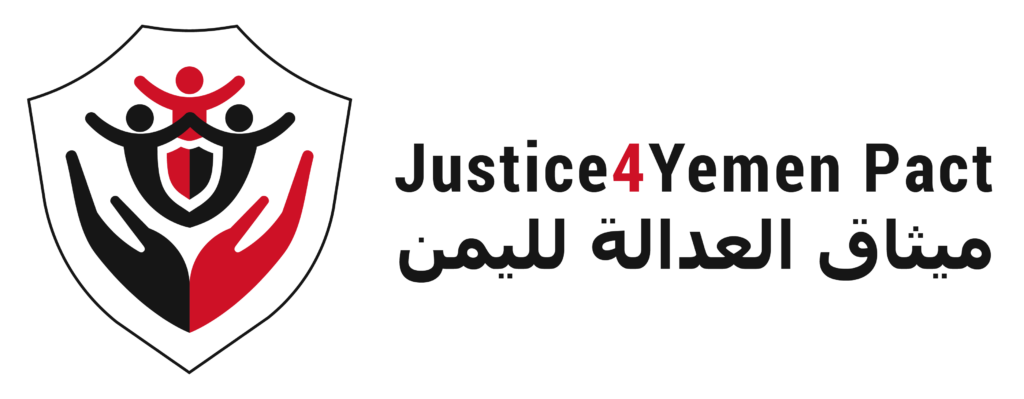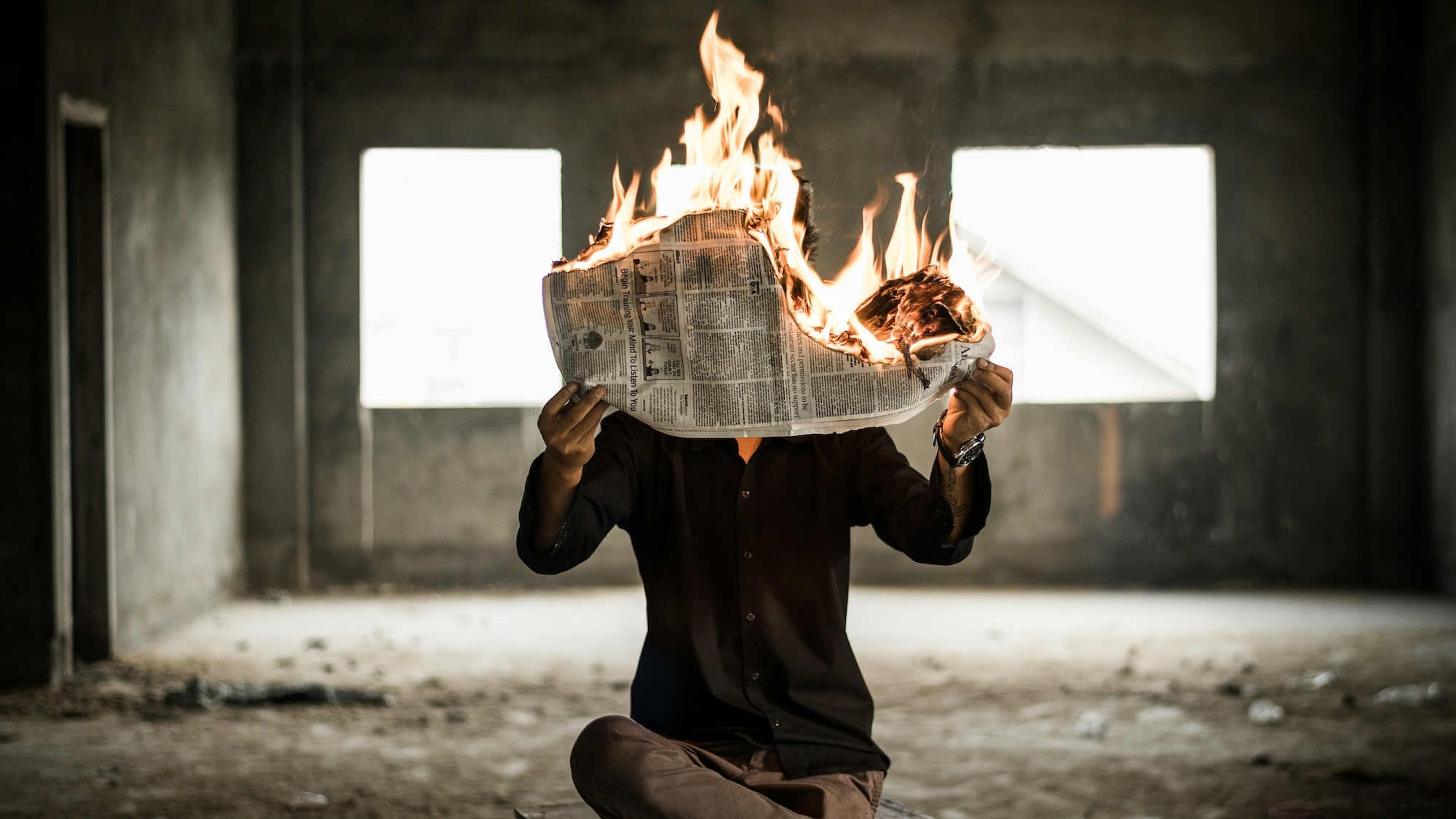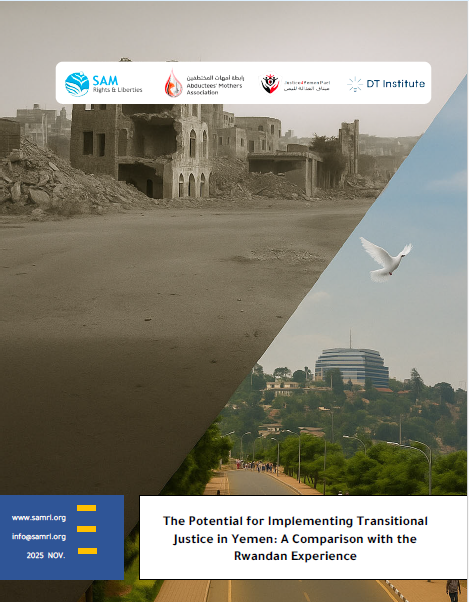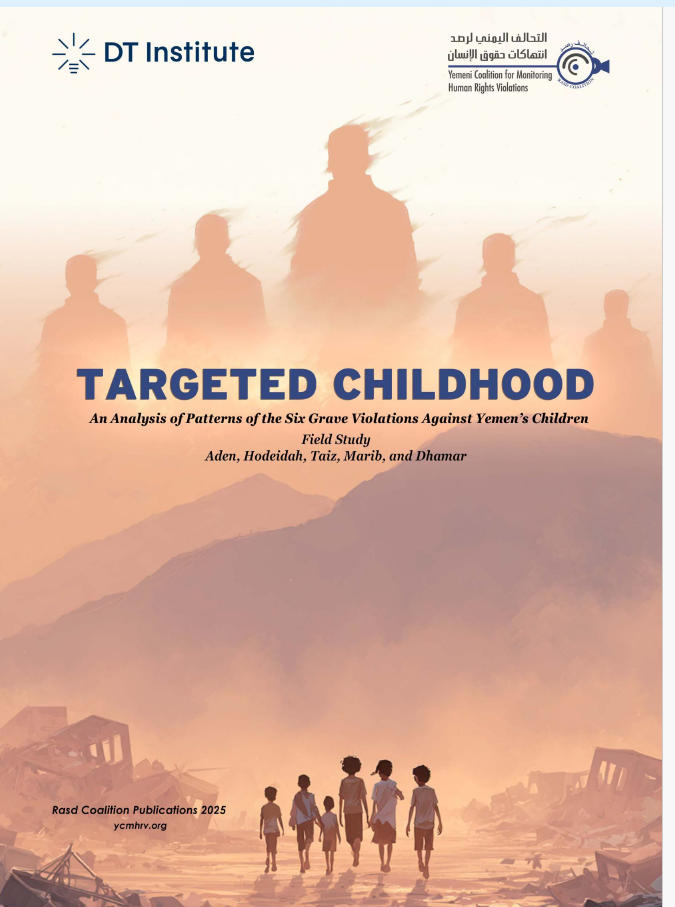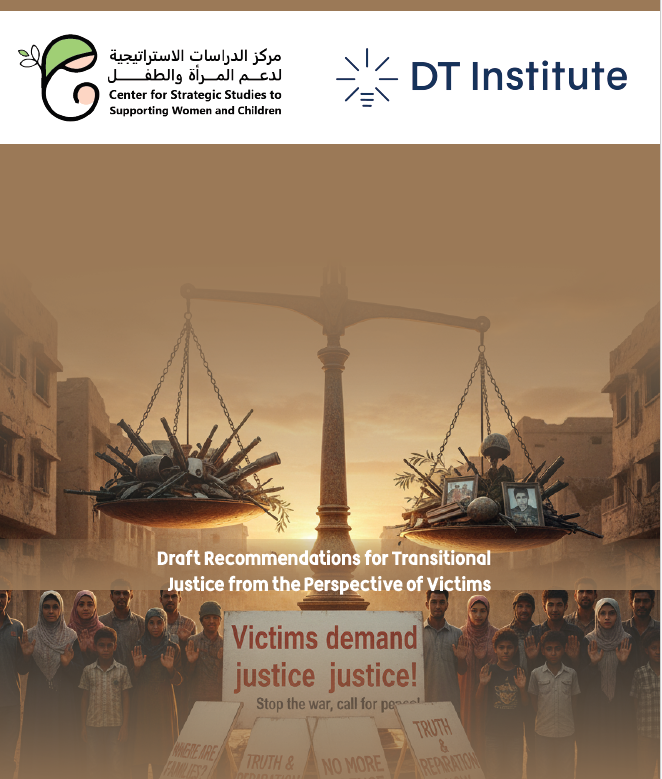In Yemen, the conflict rages not only through airstrikes and armed clashes but through a more insidious form of warfare—one waged through screens, headlines, and digital platforms. The conflict parties have transformed the media into a weapon of war, using disinformation and propaganda to justify repression, crush dissent, and reframe human rights violations as acts of national defense. This “soft war,” as they call it, reinforces their control and deepens the suffering of civilians, especially children.
This digital warfare adds another layer of human rights abuse to an already dire situation. The manipulation of information enables violence, conceals crimes, and instills fear in communities. DT Institute, through its Facilitating Enforcement of Children’s Rights in the Yemeni Conflict (SAFE) program, prioritizes the fight against these narratives. Alongside its local partner, the Yemen Coalition for Monitoring Human Rights Violations (Rasd), DT Institute documents abuses and counters disinformation to push for accountability, amplify victims’ voices, and defend the rights of Yemen’s most vulnerable.
As Raasd’s CEO Muthar Al Bathaji explains, the disinformation practiced by the Houthi (Ansar Allah) group in particular does more than obscure facts—it directly fuels violations against children and blocks any meaningful progress toward justice, peace, and stability.
When Celebration Becomes a Crime: The Case of Amjad
The consequences of this media manipulation became tragically clear on September 19, 2024. In the lead-up to Yemen’s National Day, Houthi forces raided the Ahwal Ramadan neighborhood in Ibb. Their targets were children and youth who had dared to celebrate a national holiday. Among them was Amjad, a 17-year-old boy whose only offense was raising the Yemeni flag and posting a patriotic message on Facebook. For this, he was seized from his neighborhood and arbitrarily detained in a prison in Sana’a.
What followed was a campaign of fear. Houthi-affiliated media outlets released waves of propaganda, accusing children like Amjad of being foreign agents, sleeper cells, or mercenaries sent to stir unrest. These baseless accusations were amplified by Abdul Qader Al-Murtada, the Houthi official in charge of prisoners’ affairs, who threatened on X to treat dissenters like enemies of the state—a tactic meant to instill fear and suppress resistance. Known for his role in serious abuses against detainees, Al-Murtada was later sanctioned by the U.S. Treasury. This accountability move followed exposure efforts by the Justice4Yemen Pact (J4YP) Coalition, supported by DT Institute, which documented his violations across multiple programs.
Despite public outrage, the Houthis carried out their threats. Amjad was held for three months, during which he was repeatedly interrogated and psychologically intimidated. When it became clear that he and others would not confess to crimes they hadn’t committed, the Houthis shifted tactics. Families were coerced into signing pledges and paying money in exchange for their children’s release. In some cases, silence was demanded in return for freedom.
Media Manipulation as a System of Control
The Houthis’ disinformation campaign is not random—it is strategic, well-resourced, and deeply entrenched. Supported by foreign actors such as Hezbollah and Iran, the Houthi media machine spreads fabricated news stories, false documentaries, cartoons, and manipulated social media content. These narratives are designed to discredit opposition, dehumanize victims, and legitimize acts of repression.
In Houthi-controlled areas, the space for counter-narratives is deliberately suppressed. Access to independent news sources is blocked, and citizens are inundated with one-sided messaging that casts the Houthis as protectors and victims as threats. After the 2024 National Day raids, Houthi journalist Anis Monsour pushed claims that the detained children were backed by foreign intelligence, further stoking fear and alienating families from their communities. These tactics do not just target activists and opposition figures—they reach into the homes of victims’ families, using fear and misinformation as tools of extortion.
The sophistication of this media manipulation is the product of years of training and regional alliances. Through Hezbollah, the Houthis have access to both infrastructure and expertise, learning tactics honed in conflict zones across Iraq, Syria, and Lebanon. These techniques are now deployed in Yemen to suppress truth and shield those responsible for atrocities.
The Cost of Silence and the Power of Exposure
Disinformation allows the Houthis to erase evidence, shift blame, and escape accountability for some of the gravest crimes committed against children. These include arbitrary detention, recruitment into armed conflict, denial of education and healthcare, sexual violence, and attacks on schools and hospitals. Each time the truth is buried, justice becomes more distant.
But exposure can change that trajectory. Rasd’s documentation of Amjad’s case and others like it does more than record abuses—it reclaims the narrative. It turns propaganda into proof. It equips advocates, legal experts, and international organizations with the evidence they need to challenge impunity and demand justice.
As Muthar Al Bathaji has noted, it is not enough to document violence alone. The manipulation of media must also be monitored and addressed, because it is through these narratives that crimes are concealed and repeated. Without counter-narratives, the truth is lost—and with it, the possibility of accountability.
Challenging Disinformation, Empowering Justice
The story of Amjad is not an isolated case—it is part of a broader strategy designed to crush hope, silence resistance, and weaponize fear. But it also demonstrates the strength of resistance when truth is documented, shared, and amplified. Rasd’s work is essential not only for supporting victims but for disrupting the systems that enable abuse in the first place.
By exposing disinformation and offering accurate, evidence-based accounts, Rasd provides a lifeline for those silenced by propaganda. It gives policymakers, human rights defenders, and international bodies the tools to respond with urgency and clarity. Most importantly, it ensures that the voices of Yemen’s children—so often erased or manipulated—are finally heard on their own terms.
The work of documenting, publishing, and advocating is more than an administrative task—it is a form of resistance. It chips away at the foundations of impunity and brings Yemen one step closer to justice. In this struggle, the truth is not just powerful. It is necessary.

